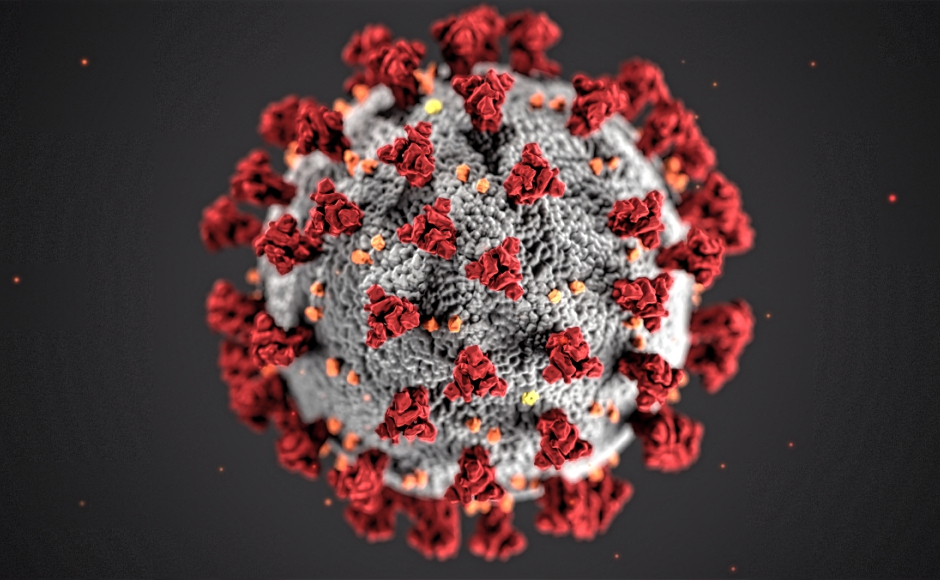 Coronavirus. Credit: CDC on Unsplash.
Coronavirus. Credit: CDC on Unsplash. Coronavirus. Credit: CDC on Unsplash.
Coronavirus. Credit: CDC on Unsplash.Related posts

Audubon Commemorates New Playground Equipment as Next Phase-in at Municipal Park
The borough cut the ribbon on a newly installed playground for children aged two to 12 at Audubon Family Park. Its costs were offset by $90,000 in state open space grants, which elected officials say make it easier to support future planned expansions at the site. Sign in or subscribe to continue reading…
June 24, 2025
Zoning Enforcement Incident at Oaklyn Coffee Shop Embroils Community in War of Words
Common Grounds coffee shop owner Josh Evans said that Oaklyn Zoning Officer Bob Forbes exceeded his authority in delivering a code violation notice to his business. Forbes said Evans’ subsequent social media posts have devolved into personal attacks on his character. Residents weighed in during a special meeting of the borough government last week. Sign in or subscribe to continue reading…
June 23, 2025